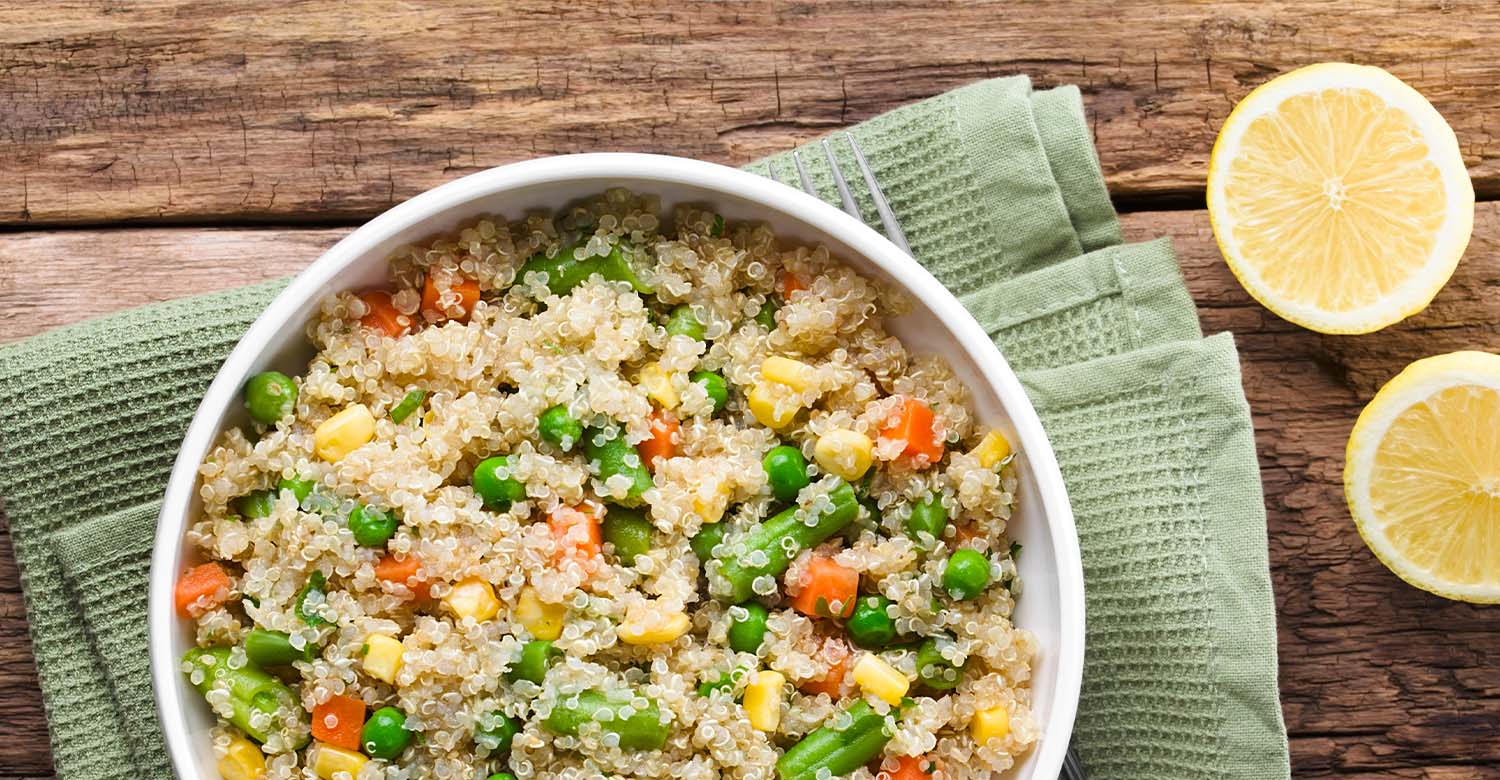
ASLEEP or AWAKE? The SECRETS to GOOD SLEEP
Pollen is already in the air and the timid sun rays announce the imminence of the season we’ve all been waiting for: a time of the year when nature awakens but there is also the need to restore the balance of our sleep-wake cycle, as this is the period in which our body struggles to produce melatonin, the hormone that manages sleep rhythm.1 The perfect mood and setting for World Sleep Day on March 18, celebrated every year to promote awareness and the importance of quality sleep.
Speaking of sleep… did you know that the secret to good sleep can be found in the right nutrition? And that a diet rich in grains and pulses makes it easier to sleep well and, consequently, be more energised during the day?
Let’s find out how these foods can promote quality sleep in both children and adults and why we should never leave them out of our diet this season.
Sleep and food: nutritionist guidelines
Essential to life, sleep occupies about a third of our life and is necessary for both physical recovery and mental well-being, more so in childhood. However, some people suffer from light and poor quality sleep: a process that in the long run, apart from compromising daily activities, can cause serious damage to health.
Although the causes of insomnia are many, experts agree that, in addition to adhering to certain behavioural norms, to promote proper sleep hygiene it is crucial to follow some nutritional advice, as a direct correlation between certain foods, sleeping times and average sleep duration has been shown2.
THE FOODS THAT HELP YOU SLEEP WELL3
Avoiding abundant evening meals and foods that require very long digestion times (such as those high in fat) and preferring simple and natural cooking methods without the addition of preservatives are among the general suggestions.
As for foods that aid quality sleep and that should never be missing on our table, nutritionists recommend that:
- we choose bread, pasta, rice, spelt, oats and other types of complex carbohydrates, favouring whole grains for their magnesium Numerous scientific studies confirm how a daily supplementation of this mineral can have a beneficial effect in the management of sleep disorders;4
- we eat pulses, including beans, lentils, fava beans and soybeans, 2 to 4 times a week: get tasty and super healthy dishes when you combine them with grains. A winning match that helps us manage our energy during the day while promoting deep and restorative sleep at night.

FOODS THAT HELP CHILDREN SLEEP WELL5
According to SIPPS, the Italian Society for Preventive and Social Paediatrics, 35-40% of children suffer from sleep-related problems during growth and, even at that age, nutritionists agree that good rest is closely related to nutrition.
Here are some food suggestions for parents as part of the Progetto Nutripiatto:
- Proteins from meat and fish can have a stimulant effect on children: it is therefore better to eat them for lunch and choose pasta, rice and grains, with the addition of pulses before bedtime as they are lighter and easier to digest;
- Tryptophan also aids good sleep: the amino acid precursor of serotonin, the hormone that promotes tranquillity, is contained in milk, yogurt, rice, barley, pulses, almonds and pine nuts;
- Do not underestimate vitamin B6, which allows the secretion of melatonin6: therefore add milk, rice, barley, white meats and bananas to your diet.
At Pedon we know how difficult it is to guarantee a healthy and balanced diet to the whole family by choosing foods that promote quality sleep for children and teenagers in our busy and frenetic lives. This is where I pronti come to the rescue, our line of pulses and grains without preservatives made with 100% natural ingredients that, in addition to being tasty and healthy, lend themselves to be prepared as a complete dish for a nutritious but easily digestible dinner, ready in a flash as there is no need for cooking. In addition to Pulses, perfect for salads, soups and side dishes (such as Chickpeas, Mixed Legumes and Lentils) and Grains as tantalising alternatives to pasta and rice (Spelt, Bulgur and Quinoa, 7 Grains), we can also choose a delicious Mix of Pulses and Grains (such as Chickpeas and Wholemeal Spelt and Lentils and Ancient Grains) or the more recent Mix with Vegetables, which come in a nice green pack (Quinoa and Peas with corn and carrots and Spelt and Beans with peas and carrots).
Bibliography
- “Aprile dolce dormire. Curiosità sul riposo in primavera”, Farbed – Medicina innovativa e sistemi di riposo, Source farbed.it
- “Disturbi del sonno. Cosa mangiare per favorire il sonno” My personal Trainer.it – Dott.ssa Laura Diana Biologa Nutrizionista, Source my-personaltrainer.it
- “Alimentazione per insonnia: i cibi che conciliano il sonno” Educazione Nutrizionale Grana Padano (Progetto di divulgazione dell’alimentazione equilibrata del Consorzio di tutela del Formaggio DOP) – Dott.ssa Laura Iorio Medico specializzato in Scienze dell’Alimentazione, Source educazionenutrizionale.granapadano.it
- “Disturbi del sonno: perché il magnesio può aiutarci a dormire meglio” Pharmanutra-Ricerca e innovazione per il benessere, Abbasi B, et al. The effect of magnesium supplementation on primary insomnia in elderly: A double-blind placebo-controlled clinical trial, Source pharmanutra.it
- “Cereali, legumi e tisane favoriscono il sonno nei bambini” DottNet – Piattaforma multimediale di informazione scientifica dedicata a medici, farmacisti e operatori sanitari, Dott. Giuseppe Di Mauro Presidente SIPPS (Società Italiana di Pediatria Preventiva e Sociale) Source dottnet.it
- “Vitamina B6: i benefici” Macrolibrarsi Alternativa naturale – Dott.ssa Romina Rossi Giornalista e Naturopata, Source macrolibrarsi.it

 Torna al menu
Torna al menu

